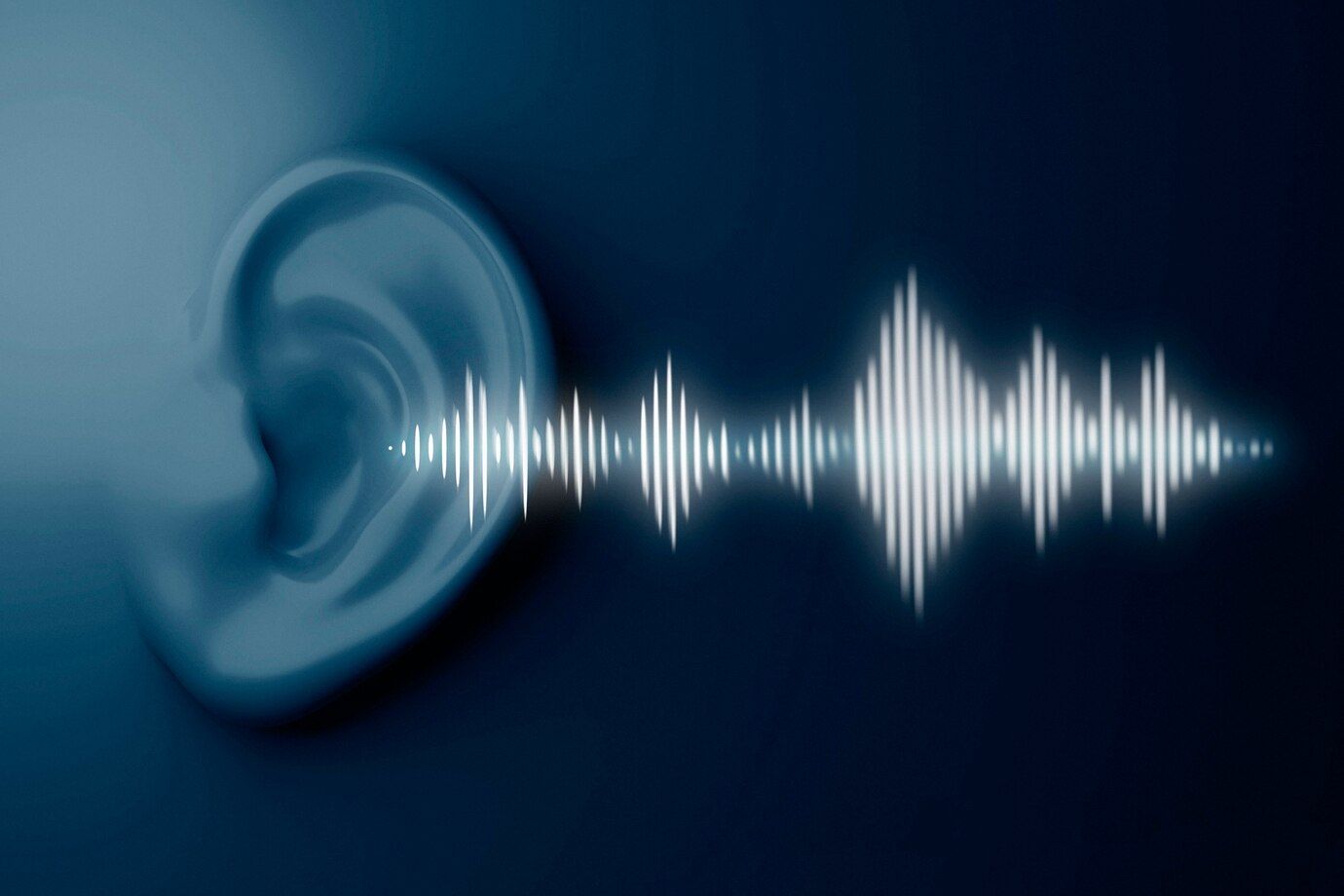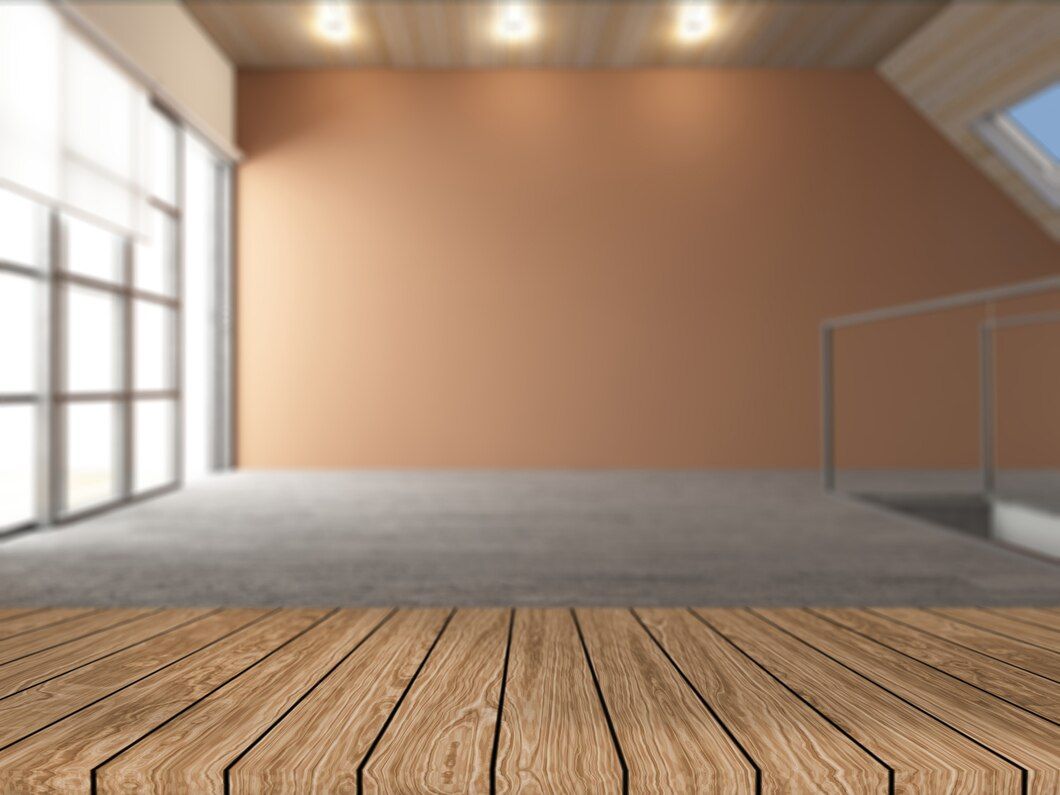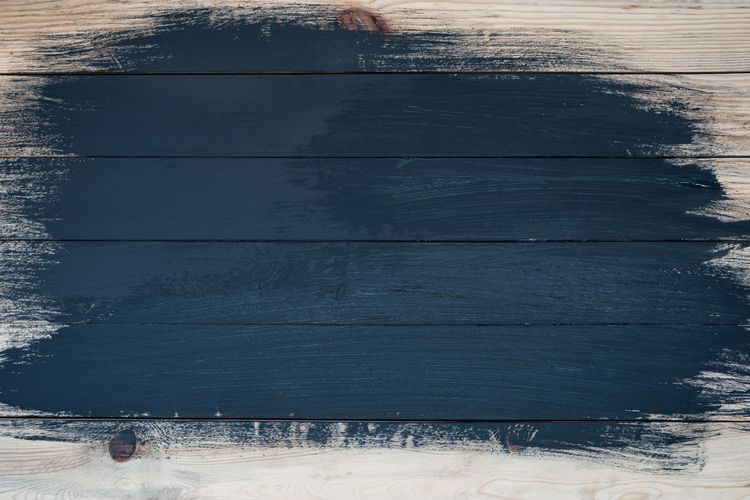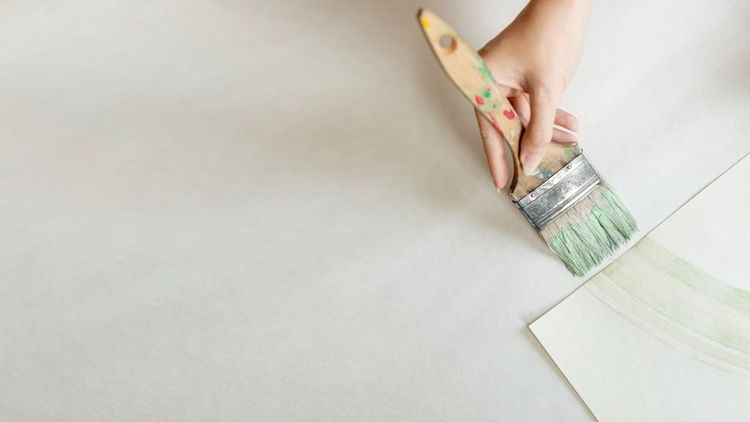Soundproofing for wooden floors - which one to choose

Wooden floors add a cozy and natural warmth to a home, but they can often be a source of excessive noise. In order to keep the room comfortable and minimize sound transmission, it is important to choose the right soundproofing for wood floors. There are many options on the market, and each of them has its own features and advantages. In this material, we will tell you which materials are best for soundproofing wooden floors and what you should pay attention to when choosing.
What can be the harm and the main reasons for soundproofing
Constant noise significantly reduces the productivity of both mental and physical activity. In children, it can cause difficulty in assimilating information when doing homework. Constant background noise leads to increased irritability, which contributes to family conflicts and unwarranted quarrels.
In addition, noise negatively affects the quality of sleep, preventing full recovery of both physical condition and psycho-emotional balance. It has been proven that constant high noise levels reduce the acuity of perception of other senses, including vision. In the long term, the effects can be very negative, especially for children and pregnant women, as noise has a lasting effect on the development of the body.

What is airborne noise
Airborne noise is sounds that travel through the air. These include conversations, the sound of television, music or street noises such as the noise of cars or running machinery. These sounds are transmitted through the air, colliding with surfaces and penetrating rooms, making soundproofing an important element in keeping your home comfortable.
Impact and structural noises
Impact noises occur when objects directly impact building structures, which then transmit these sounds through the entire building. Structures such as walls and floors become conductors of these noises, propagating them over long distances.
Examples of impact noises include the banging of a hammer, the operation of a drill or punch, loud heel steps on hard pavement, jumping, heavy objects falling, furniture being moved, or doors being closed. All of these noises can be quite intrusive and reduce the comfort of living if attention is not paid to soundproofing.
Materials that are recommended for soundproofing
There are many quality soundproofing materials on the market, both domestic and foreign brands. Among them:
- “TekhnoNikol”, “AcousticGroup”, “MaxForte”, “TechnoSonus” - Russian manufacturers;
- “AcousticWool” - Ukrainian product;
- “WolfBavaria” - German material;
- “Rockwool” - products of the Danish brand;
- “Texdecor” - French material;
- “IsoverEcophon” - from the Finnish manufacturer;
- “Mappy” - Italian brand.
This list is far from exhaustive, and the choice of soundproofing materials continues to expand, offering solutions for different conditions and needs.
Cork agglomerate boards
Cork agglomerate boards are an environmentally friendly and effective material for soundproofing wooden floors. Cork has unique properties: it not only absorbs sounds well, but also prevents the transmission of vibrations through the floor. This material is easy to install and provides long-lasting protection against noise. Cork boards are also resistant to moisture and deformation, which makes them an excellent choice for residential areas.
Dry screed with expanded clay aggregate filling
Claydite-filled dry screed is a popular solution for soundproofing floors. Claydite is a light and porous material that absorbs shock and airborne noises well. Dry screed creates an even and stable base for flooring, while improving the acoustic performance of the room. This method also speeds up the installation process compared to traditional concrete screed as it does not require any drying time.
Sprayed Polyurethane Foam
Sprayed polyurethane foam is a modern soundproofing material that is applied directly to the surface using special equipment. It perfectly copes with the insulation of both air and impact noises. Polyurethane foam quickly hardens, creating a dense and seamless layer that reliably protects the room from unnecessary noise. In addition, this material has thermal insulation properties, which makes it even more functional for use in the home.
Isoplate
Isoplat is a wood-fiber material that is actively used for soundproofing wooden floors. Due to its dense structure, isoplate boards effectively absorb both airborne and impact noises. In addition to sound insulation, they also provide additional thermal insulation, which makes them a universal solution for flooring. Isoplate is easy to install and can be used in a variety of room types, including residential and commercial buildings.
Texound
Texound is an innovative soundproofing material, which is an elastic membrane with high density. Its unique properties allow it to effectively block both airborne and structural noise. Texound is used as an additional layer of soundproofing and is characterized by its flexibility and ease of installation. It can be used on both wooden floors and other structures, providing a high level of noise protection.

Installation instructions
- Checking the substrate. Before starting work it is necessary to check the evenness of the wooden flooring by placing a rule across the laid boards. The gap between the boards and the rule should be minimal. This is important for proper installation of the honeycomb structure.
- Checking the stability of the floor. To prevent the floor from squeaking, carefully inspect the boards for deflections and unstable areas. If defects are detected, they should be eliminated before soundproofing work begins.
- Check the concrete screed. If the soundproofing is carried out on a concrete screed, make sure that there are no cracks, cracks or chips on its surface. All defects should be sealed at the same level as the main surface to avoid moisture accumulation.
- Cellular Block Preparation. If the honeycomb boards are not equipped with a bottom, you can glue them on a cardboard sheet or use a substrate of breathable materials.
- Waterproofing. When working with a concrete backfill base, high-density polyethylene (up to 200 microns) is usually used. Sheets of polyethylene are laid overlapping 100-150 mm and glued with waterproof tape to prevent moisture penetration.
- Laying of honeycomb blocks. After preparation of the base the laying of cardboard honeycomb blocks begins. On the perimeter of the room are installed strips of mineral wool 40-50 mm thick or edge tape of polyethylene foam (at least 10 mm) to eliminate the transmission of impact noise through the walls to the floor.
- Backfilling of blocks. The cellular blocks are filled with a mixture for dry screed, for example, fine expanded claydite or expanded perlite sand. The backfill should fill the cells completely, after which the surface is leveled with a wide trowel.
- Mounting of plates. After backfilling, gypsum-fiber floor boards or ZIPS boards with a lower insulation layer are laid. The installation starts from the far corner of the room. In the second row, the boards are laid with the joints offset by half the length of the panel. For better connection, the panels are fastened with locking systems, smeared with glue and fixed with self-tapping screws with a spacing of 150-200 mm.
- Finish coating. After laying the boards, the joints are puttyed (for example, with Knauf “Fugenfugel” putty), then sanded. Before laying the finish flooring (linoleum, carpeting, etc.) the surface is primed to ensure perfect adhesion.
Following these recommendations, you will get a soundproofing coating that will provide comfort and protection from noise.



